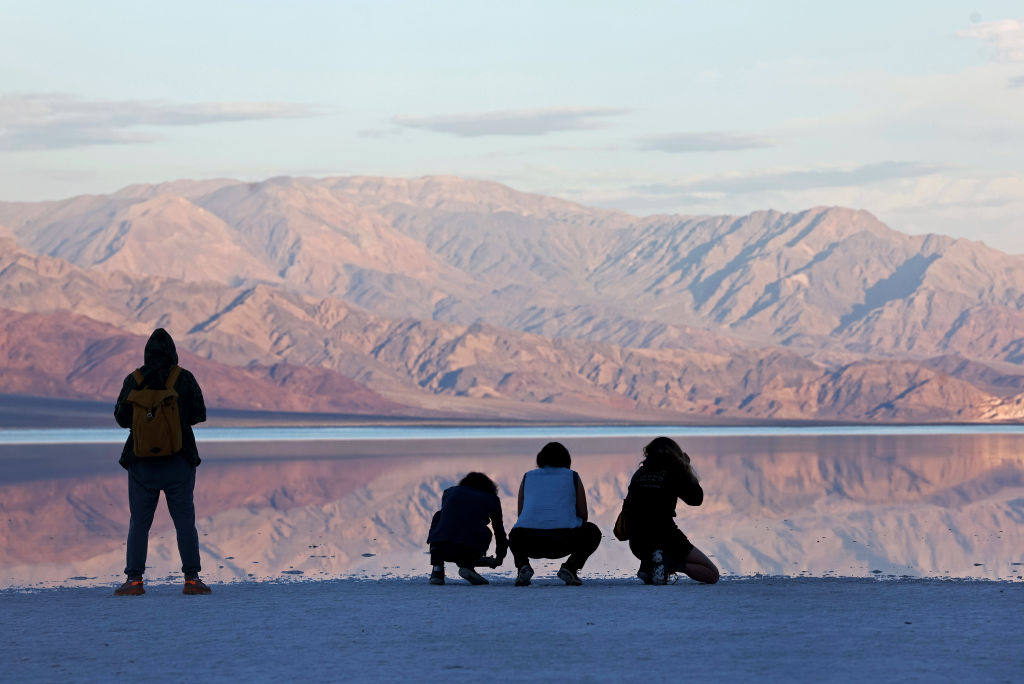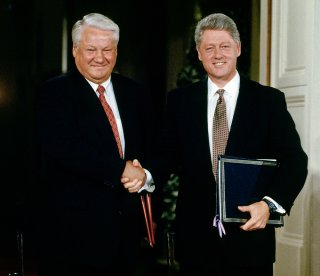Ashka Jhaveri, Andie Parry, Annika Ganzeveld, Amin Soltani, and Nicholas Carl
The Iran Update provides insights into Iranian and Iranian-sponsored activities abroad that undermine regional stability and threaten US forces and interests. It also covers events and trends that affect the stability and decision-making of the Iranian regime. The Critical Threats Project (CTP) at the American Enterprise Institute and the Institute for the Study of War (ISW) provides these updates regularly based on regional events. For more on developments in Iran and the region, see our interactive map of Iran and the Middle East.
CTP and ISW have refocused the update to cover the Israel-Hamas war. The new sections address developments in the Gaza Strip, the West Bank, Lebanon, and Syria, as well as noteworthy activity from Iran’s Axis of Resistance. We do not report in detail on war crimes because these activities are well-covered in Western media and do not directly affect the military operations we are assessing and forecasting. We utterly condemn violations of the laws of armed conflict and the Geneva Conventions and crimes against humanity even though we do not describe them in these reports.
Key Takeaways:
- Palestinian militias continued attacks at their usual rate from the Gaza Strip into Israel. The al Qassem Brigades claimed to fire rockets at Dimona for the first time since the war started.
- Israeli ground forces advanced into the Gaza Strip. The al Qassem Brigades claimed to attack advancing IDF forces in Beit Hanoun and east of Bureij. Palestinian militias, including Hamas, are framing the IDF advances into the Gaza Strip as a failure likely to encourage civilians to stay rather than try to evacuate toward the southern part of the strip.
- The Lions’ Den—a West Bank-based Palestinian militia—appeared to implicitly call for further mobilization and violence against Israel in the West Bank after the IDF conducted ground operations into the Gaza Strip. Iranian and Palestinian sources are describing Israeli settlers in the West Bank as legitimate military targets. Palestinian militants clashed with Israeli forces and held large, anti-Israel demonstrations at their usual rate across the West Bank.
- Iranian-backed militants, including Lebanese Hezbollah, conducted 12 attacks into Israel as part of an ongoing attack campaign targeting IDF radar and sensor sites and military targets.
- The Islamic Resistance in Iraq—a coalition of Iranian-backed Iraqi militias—claimed to attack US forces at al Tanf Garrison in eastern Syria.
- Iran is conducting a messaging campaign (1) to signal to the United States the potential for further Iranian-backed attacks against US forces in the region and (2) to reassure members of its Axis of Resistance, especially LH, of Iran’s commitment to supporting them in the event that the United States enters the war in support of Israel.
- IRGC-affiliated media is continuing to provide the informational cover for Iran and the Axis of Resistance to conduct attacks against US positions on the false grounds that the United States is directing Israeli operations into the Gaza Strip.
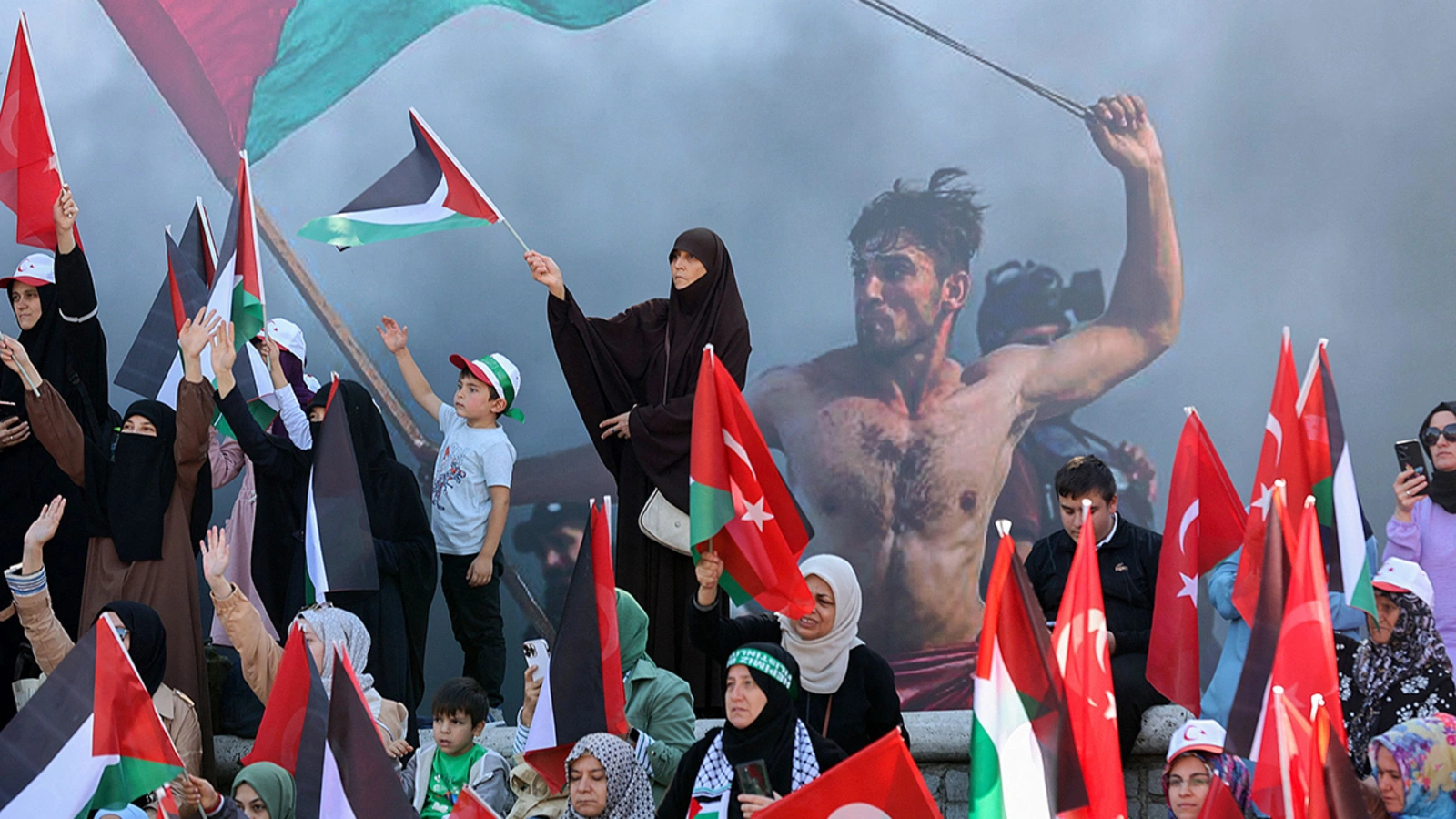
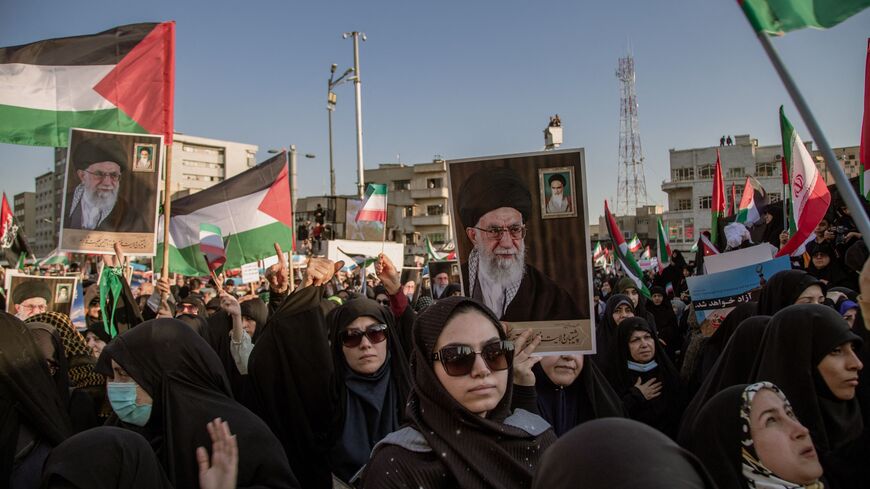
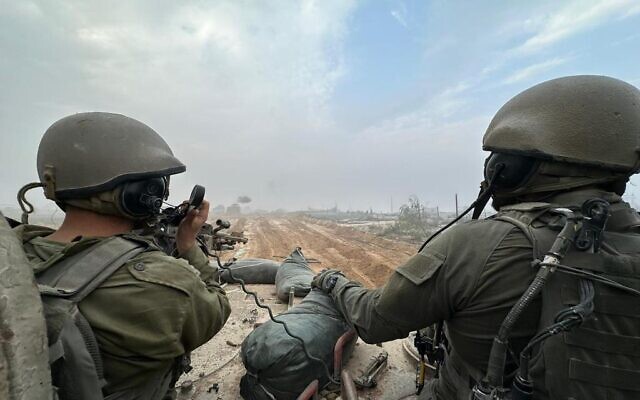
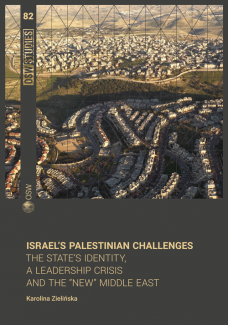
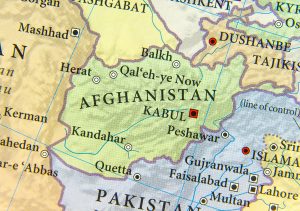
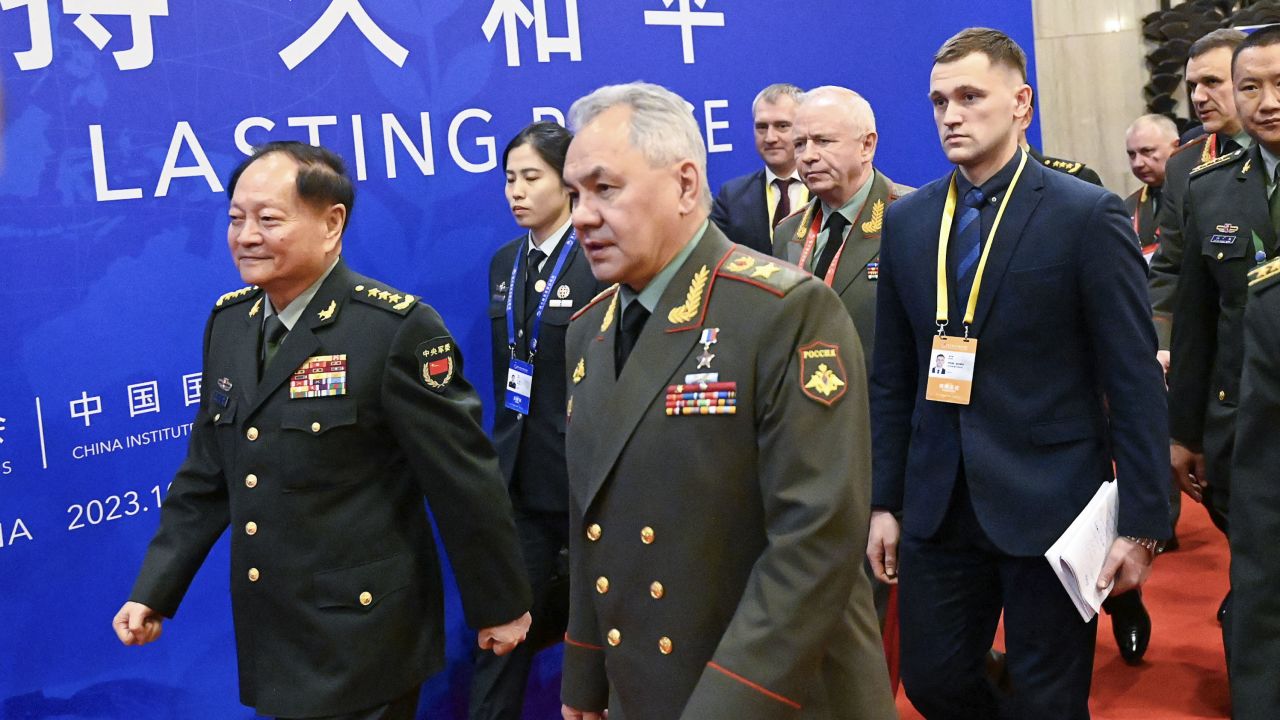


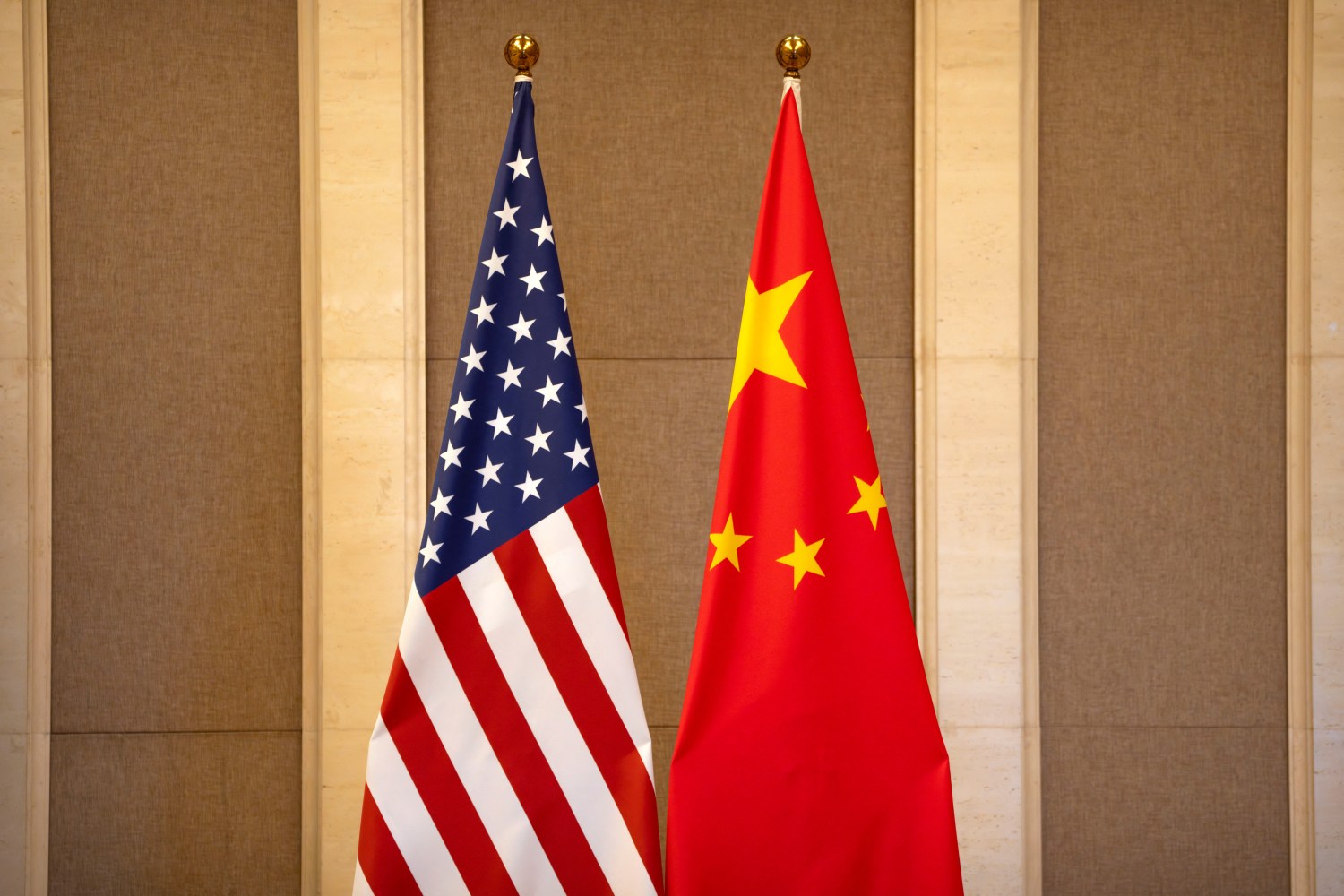
:quality(70)/cloudfront-us-east-1.images.arcpublishing.com/archetype/6ROZMCEQD5DGRCRXM6ULLZPJXU.jpg)


